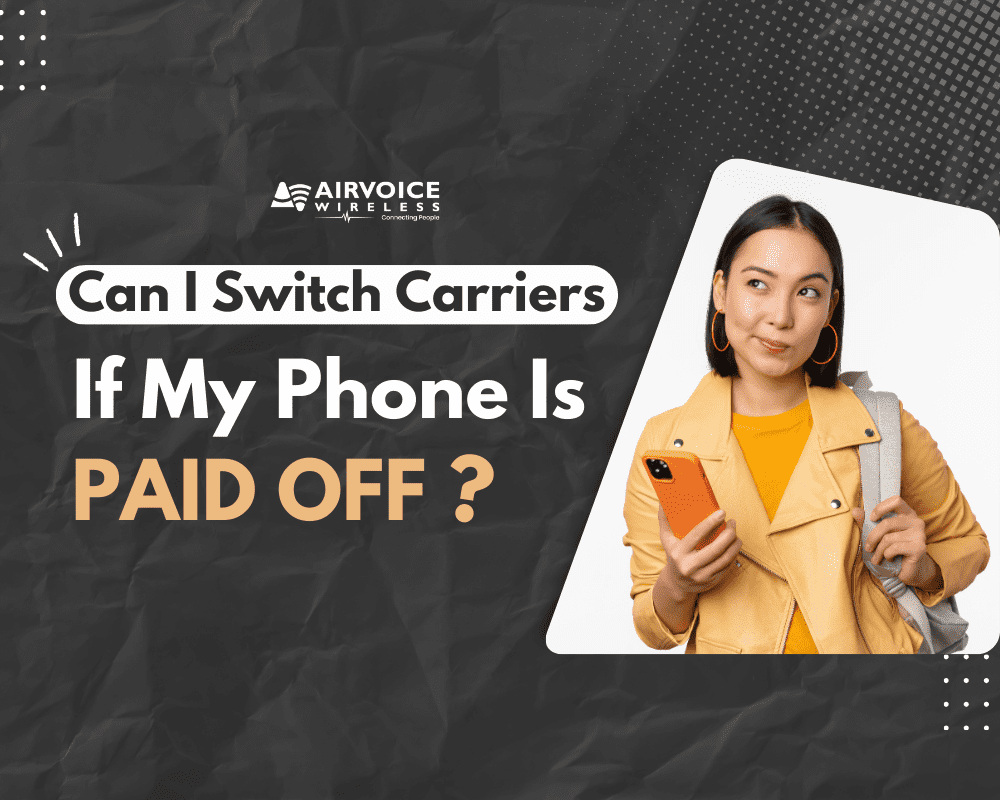
In the nutshell
Once your phone is paid off, you have the flexibility to switch carriers, a move that can potentially lead to better deals and service tailored to your needs. This blog will guide you through the considerations and steps you need to take to transition smoothly from one carrier to another without any hitches. You’ll understand the importance of ensuring your phone is unlocked, compatible with the network of the new carrier, and you’ll learn about observing any contractual obligations that may affect the switch.
Furthermore, we’ll explore the exciting possibilities that come with the freedom to choose a new carrier, such by reviewing and comparing service plans, network coverage, customer service, and any promotional deals that can benefit you. Our aim is to empower you with knowledge so that you can make an informed decision that maximizes the value you get from your mobile phone service.
Making the Jump: Navigating Carrier Switch
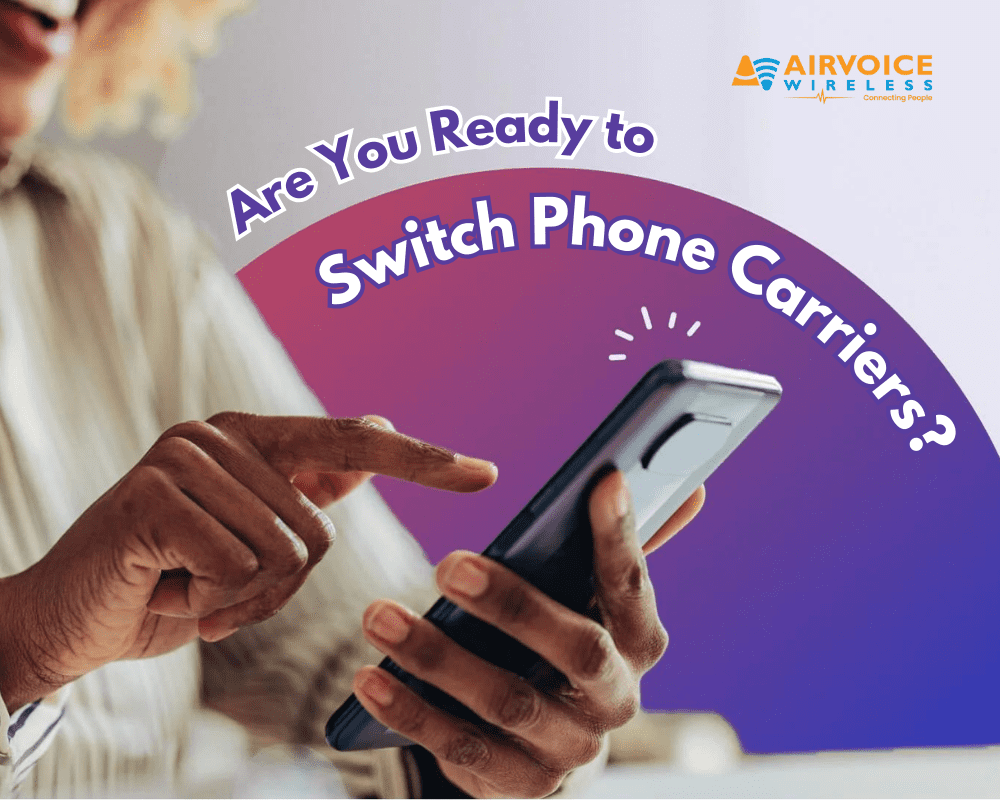
Ready to switch?
Certainly, if your phone is entirely paid off, you’re in an excellent position to consider jumping to a new carrier. Switching carriers can be a significant move that brings with it the potential for better service, cost savings, and access to new features and deals. However, while the freedom from a device payment might feel liberating, there are some critical considerations to ensure a smooth transition. Timing is a pivotal factor. Planning your switch around the end of the current billing cycle can avoid the inconvenience of double charges and ensures you don’t pay for services you won’t use. Additionally, understanding personal reasons for the switch, such as the need for better coverage, more data, or budget constraints, will help you select the best new carrier to meet your specific requirements.
As you contemplate this change, it’s important to recognize that carrier promotions and deals often cater to new customers. Leveraging these offers can maximize your benefits when transitioning. It’s also wise to review potential termination fees or any remaining contractual obligations with your current provider before making the move. Taking these steps ensures that your switch is not only timely but also economical and aligned with your personal needs for mobile service.
>>Read more: Discover how to switch phone carrier without paying?
Determining Your Current Phone Status
When considering switching carriers, the first step is to ascertain the status of your current phone. If your phone is paid off, you’re in a good position to make the switch. Check your phone’s current contract or payment plan to confirm there are no outstanding balances. You can typically find this information by logging into your carrier’s website or app, reviewing your latest billing statement, or contacting customer service.
Pros of a paid-off phone include the freedom to switch carriers without financial penalties, and often, the ability to unlock your phone if it isn’t already. However, there could be cons like missing out on trade-in deals that might be available if you were upgrading with your current carrier. Additionally, if you’ve had your phone for a while, it might not be compatible with the technology used by another carrier, something you need to verify before switching.
Remember, analyzing the pros and cons in connection with your specific needs and preferences is crucial. Whether it’s better coverage, lower costs, or enhanced features, make sure the change aligns with your priorities. Before you decide, it’s also wise to check for any promotional deals or incentives the new carrier might offer for switching, which could sweet.
Understanding Carriers and Their Offers
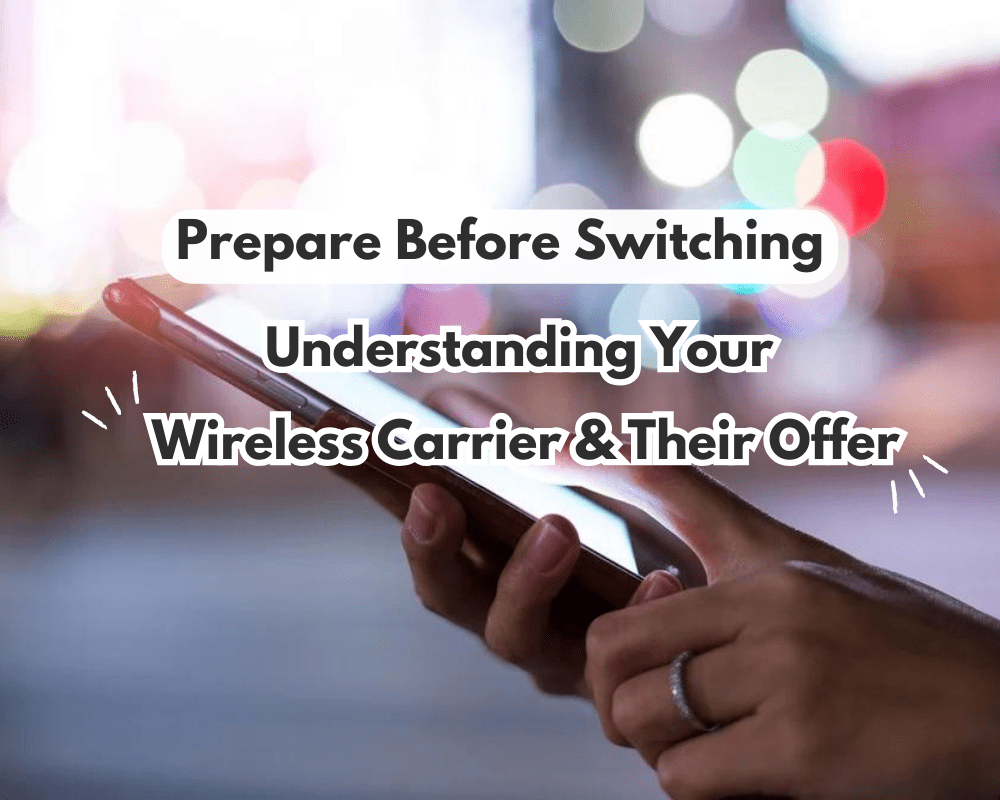
When you consider switching your cell phone carrier, especially if your phone is paid off, you’re entering a marketplace filled with various offers and deals that can cater to your needs. Major carriers like Verizon, AT&T, and T-Mobile are renowned for their widespread coverage and a plethora of plans that can range from simple, minimal data offerings to comprehensive unlimited plans that include perks such as free streaming subscriptions. These major players often engage in aggressive promotions, especially towards customers willing to switch, which may include significant discounts, waived activation fees, or bonus trade-in credits.
On the other hand, minor carriers, also known as Mobile Virtual Network Operators (MVNOs), operate on the networks of major carriers but often offer more competitive pricing. While their coverage is essentially the same as that of the major carriers whose infrastructure they use, their customer service and plan flexibility can differ. It’s common for MVNOS to provide plans that appeal to budget-conscious consumers who still desire robust coverage without the frills of the bigger brands.
It is crucial to understand that various network types such as 4G LTE and the newer 5G networks will influence your choice as well. If your phone is compatible with 5G, for instance, you might want to confirm if the carrier you’re switching tooffers comprehensive 5G services. Remember, data caps are another important consideration; some plans might offer unlimited data, whereas others might come with a specified data allowance each month. This can significantly impact your browsing, streaming, and download capabilities.
Lastly, service plans can greatly vary across carriers, with some offering no-contract, pay-as-you-go options, while others may provide traditional postpaid plans. It’s common for carriers to tailor deals specifically to new customers, so be on the lookout for introductory rates that may increase after a certain period. Moreover, certain promotions might also include benefits like international calling, mobile hotspots, or bundling with other services.
In making your decision, balance the offerings against your specific needs and usage patterns. Check the fine print for terms concerning data throttling, which is when a carrier may slow data speeds after you’ve reached a certain threshold, even on an “unlimited” plan. Additionally, when comparing carriers, factor in fees and additional costs which may not be immediately apparent. By arming yourself with this knowledge, you’re well-equipped to navigate the intricacies of carrier offers and choose a deal that aligns with your mobile lifestyle.
Is Your Phone Paid Off? Here’s How to Know
Can I switch carriers if my phone is paid off?
When a phone is paid off, it means you have fully settled the cost of the device with your carrier or retailer. If you bought your phone through a carrier on an installment plan, a paid-off status is achieved once the final payment is made, ending your financial obligation to the carrier for the device itself. This status significantly impacts your ability to switch carriers since most carriers require you to fully own your phone—free of any associated debts or payment plans—before you’re allowed to transfer service to another network.
Having a paid-off phone offers a world of benefits when you’re considering a carrier switch. Firstly, you’re no longer tied to a contract that might impose hefty fees should you choose to leave before it ends. A fully owned phone provides the freedom to shop around for better deals, services, and coverage without the worry of outstanding payments. Additionally, carriers often have incentives and promotions, sometimes even offering to pay off your remaining device balance, making the transition more financially favorable for you. Therefore, a paid-off phone offers not only peace of mind but also the flexibility to seize the best options for your wireless service needs.
Addressing Concerns with Owing Balance on Previous Accounts
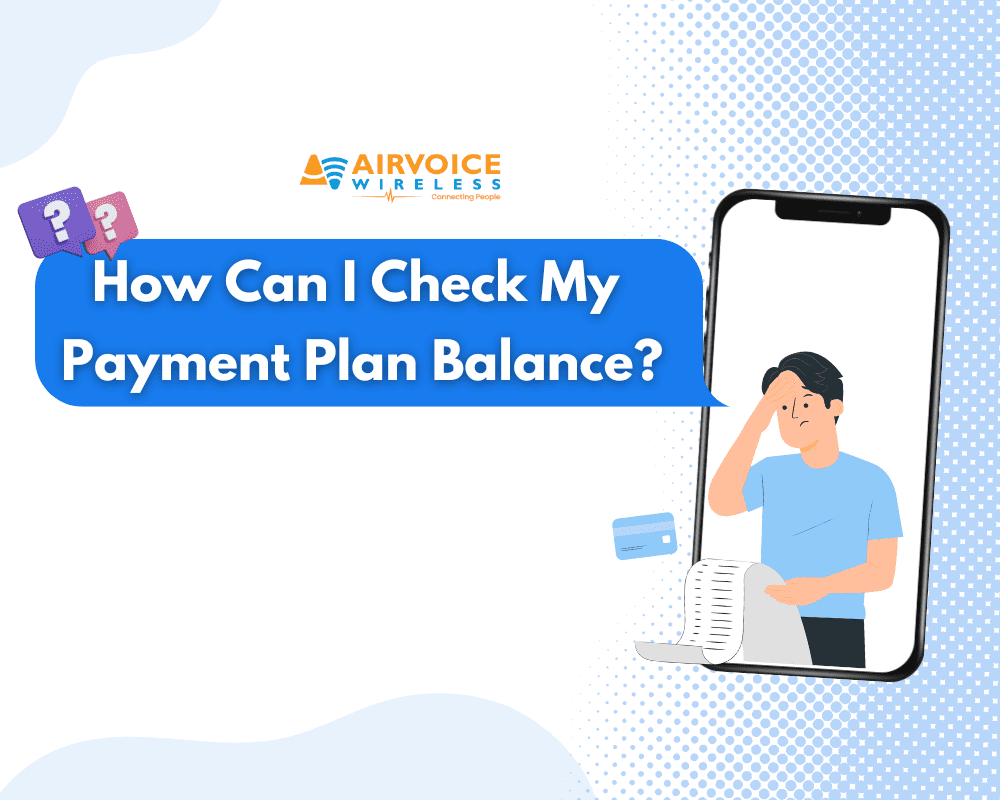
To ascertain whether your phone is fully paid off, you should contact your current carrier or check the details in your account dashboard. This step is crucial because the status of your phone’s balance can significantly impact your ability to switch carriers smoothly. When planning to retain your phone number, avoid settling any fees or terminating your current account until the porting process to a new carrier is complete. Otherwise, you risk losing your number, leading to the inconvenience of updating your contact information with family, friends, and services that use your number for verification or communication purposes.
Now, let’s address concerns regarding outstanding balances on your phone. If you’re considering a switch but have remaining payments or a debt on your account, it can put a wrench in your plans. Your initial course of action should involve reaching out to your current provider to discuss your outstanding debts. In many cases, they can offer a clear breakdown of what you owe, including payments left on devices, any account balance, associated billing promotions, and even the trade-in value if you’re contemplating selling your device back to the carrier. It’s essential to resolve any debt, as failure to do so could lead your former provider to flag your account and possibly refer it to debt collectors, which could further complicate the situation and impact your credit
Checking Payment Plan Balances
To determine if your phone is paid off and check the balance of your phone payment plan, start by visiting your current carrier’s website. Log in to your account, where you typically can access the dashboard with your plan details. Look for sections labeled “Billing,” “Finance,” or “Installment Plans.” Here, you’ll find information about your remaining balance. Alternatively, you can call customer service directly for your carrier and request this information; they can provide concise details on your payment status. Finally, some smartphones have carrier apps pre-installed, where you can review your plan and payment balance. Always verify through multiple sources to ensure accuracy.
Unlocking Potential: Preparing Your Phone
Do I need to unlock my phone to switch carriers?
Absolutely, unlocking your phone is a crucial step before shifting to a new carrier, especially when you’ve finished paying off your device. When you purchase a phone with a carrier contract, it usually comes locked to that specific carrier’s network. This means it’s configured to work only with their services and won’t accept a SIM card from another provider.
Although, there’s an exception—Verizon customers. Verizon phones are typically unlocked due to the company’s policies that automatically unlock devices after 60 days post-purchase – regardless of whether you’re fully paid up or not. Similarly, if you’ve bought an unlocked phone from the get-go, you’re free to jump to any carrier immediately since your phone isn’t restricted to any one service provider. Otherwise, you’d need to reach out to your carrier to unlock your device, a process which often requires that the phone is fully paid off and your account is in good standing. Unlocking guarantees your phone’s compatibility with other networks, making the switch seamless and ensuring you’re set to enjoy your new carrier’s services.
Steps to Unlocking Before You Switch
Taking the leap to a new carrier can be liberating, especially if your phone is paid off. However, before you can enjoy the freedom of choice it offers, ensuring that your phone is unlocked is essential. To begin the process, reach out to your current carrier to initiate a request for unlocking. Each carrier has specific requirements and conditions that must be met before they will unlock a phone, which typically include that your phone is fully paid off, your account is in good standing, and you’ve fulfilled any service contract or installment plan associated with the device.
Once you’ve confirmed that you meet your carrier’s criteria, they will usually provide you with a set of instructions to unlock your phone. This could involve entering a special code or connecting to iTunes if you’re using an iPhone. After completing the steps, it’s crucial to verify that the phone is successfully unlocked. You can do this by inserting a SIM card from another carrier and seeing if the phone recognizes it and gets service. If it does, you’re all set to switch carriers. If not, you may have to follow up with your current provider for further guidance. By being meticulous in these steps and ensuring all requirements are met, you transition smoothly to your chosen new carrier with your trusty device by your side.
Things to consider when switching cell phone providers.
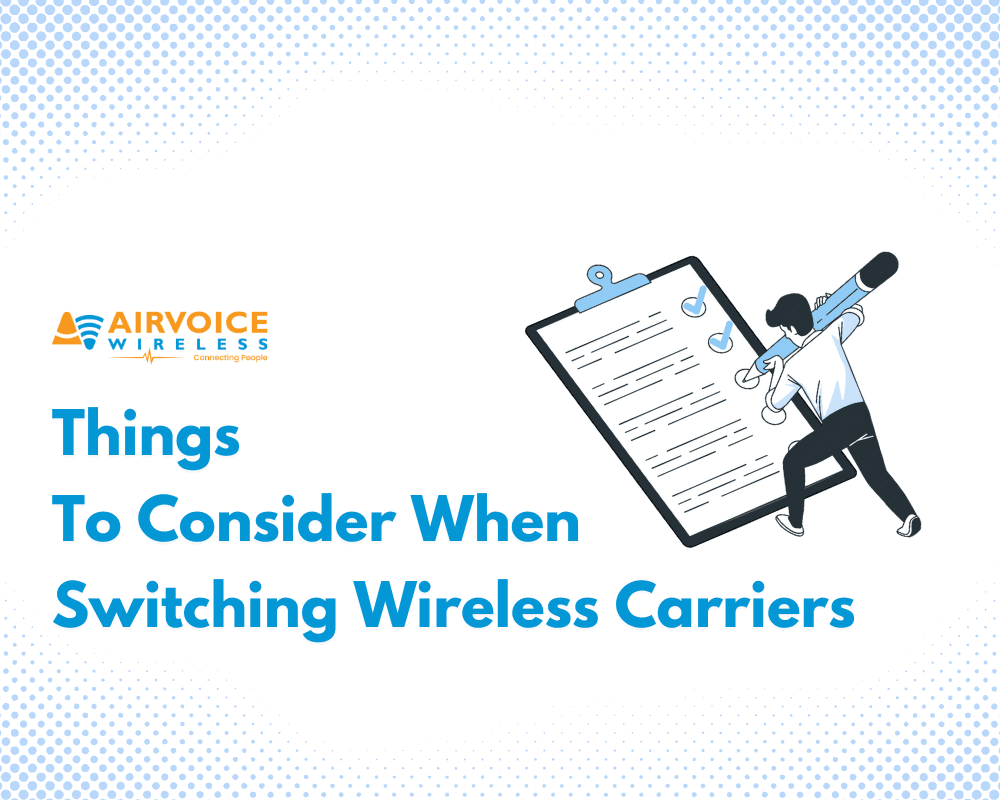
Early termination fees.
Early termination fees (ETFs) can be a significant financial consideration when switching cell phone providers. These are fees charged by your current provider if you end your service contract before the agreed termination date. Typically, ETFs are calculated based on the length of time remaining on your contract and any outstanding balance owed on your device, with the fee reducing as you get closer to the contract’s end. To potentially minimize or avoid ETFs, check if your new carrier offers to cover these costs as an incentive for switching, or if you qualify for a fee waiver—this can sometimes happen if you’re relocating to an area not covered by your current provider. Furthermore, coordinate the switch near the end of a billing cycle to avoid additional charges and scrutinize any promotions to ensure they don’t come with hidden stipulations that might lead to further costs.
Device payoff.
When considering a switch between cell phone providers, understanding the concept of ‘device payoff’ is crucial to avoid unexpected financial obligations. The device payoff pertains to the remaining balance on a phone that was purchased using a carrier’s financing options. Typically, these payment structures allow you to pay for your phone over a set period, often 24 months, adding a monthly installment to your regular service plan. When you consider switching, the full remaining balance on your device becomes due. If you’re unprepared, this can lead to an immediate financial burden.
To sidestar this, exploring options to pay off your device early can be financially prudent. Review your carrier agreement to gauge whether there are penalties for early payment and direct additional funds to your device balance if possible. Remember to factor in payments left on your device, any current account balance, and the terms of any billing promotions that can affect the amount you owe. Paying off your phone gives you the freedom to switch carriers without encumbrance, but it’s important to ensure that doing so makes financial sense. Consider the whole cost, including any potential benefits from trade-in offers or carrier deals that promise to pay off your phone as part of their switch-over incentives. By carefully reviewing your financial landscape, you can make an informed
Phone cost.
When you’re considering switching cell phone providers, the cost of a phone plays a significant role in the decision-making process. If your current phone is paid off, you have the flexibility to bring your device (BYOD) to a new carrier, potentially avoiding the upfront costs of purchasing a new phone. This can be a cost-effective move, especially if your phone is still in good condition and compatible with the new carrier’s network. However, if you’re eyeing a tech upgrade, consider the trade-in value of your old device, as some carriers offer generous trade-in deals that can offset the cost of a new phone. On the other hand, purchasing through the new carrier might come with benefits such as installment plans that spread out the cost, or even promotional offers with discounted or free devices. Weighing the upfront costs against long-term savings is crucial. For instance, the long-term benefits of a new device lease or payment plan need to be balanced against the convenience and potential cost reductions of BYOD.
Miscellaneous switching fees.
When you’re considering making the switch between cell phone carriers, there are more factors to consider than just the advertised monthly plan rates. Mainly, certain less conspicuous fees can sneak up on you. Activation fees are commonly charged by providers to set up your account and get your device ready for their network, and these can sometimes be negotiable. Additionally, if you need a new SIM card for your network, this generally incurs a one-time cost which is essential for your device’s functionality with the new provider. Furthermore, should you decide to return a device, be aware that restocking fees may apply. It’s crucial to keep in mind these additional costs in order to fully grasp the financial implications of your carrier transition.
Transition Like a Pro: Insider Tips & Tricks
How to switch phone carriers and keep your number?
If you’re ready to switch phone carriers and want to take your existing number with you, rest assured, it’s entirely feasible through a process called number porting. Firstly, make certain your phone is fully paid off and that it’s unlocked; your current carrier can assist you with this step, as it’s a prerequisite for smooth transitioning. Then, choose your new provider and plan without terminating your current service to avoid deactivating your number. Reach out to your new carrier to initiate a number porting request, supplying them with your account information including the account number and PIN from your old carrier. Importantly, per Local Number Portability (LNP) rules, carriers are legally mandated to allow you to port your number, ensuring your consumer rights are protected. Remember, once the porting process begins, do not cancel your old service until the transition is confirmed complete. It’s a good idea to verify with the new carrier the readiness of their network to accept your old number, as there can be rare exceptions. With these steps, consumers can skillfully navigate the phone carrier switch while keeping their vital connections intact.
Crunching the Costs: Avoiding Hidden Fees
When looking to switch phone carriers after your phone is paid because you’re likely seeking not just better service, but also cost savings. To avoid hidden fees, scrutinize carrier contracts and promotional offers for things like activation fees, administrative charges, or costs buried in the ‘fine print.’ Be vigilant about early termination fees from your current provider, which can be hefty, and inquire if your new provider offers credits to offset these. Data overage charges and fees for international roaming can also inflate your bill unexpectedly, so ensure you understand the pricing structure. Sometimes, fees for added services, such as insurance programs or premium texting services, are tacked on without clear communication, so it’s important to ask directly about the bottom line. Keep a keen eye on the contract duration too, as longer-term commitments may come with hidden costs if you decide to leave early. Armed with knowledge and the right questions, you’re in a stronger position to negotiate fees or even have them waived. Providers may be willing to make concessions to secure a new customer, so don’t hesitate to discuss your options openly.
Sweet Deals: Trading in Phones and Cashbacks
When you’ve paid off your phone, transitioning to a new carrier can come with enticing incentives like trade-in offers and cashback deals. New customers are often wooed with significant credits for trading in old devices, so researching the value of your phone with different carriers and manufacturers, such as Apple, Google, or Samsung, can be financially savvy. Cashback deals tend to accompany new sign-ups or plan activations, providing a rebate after purchase. However, it’s essential to read the details—some offers might require you to trade in your existing device and purchase a new one, or start a new plan with the carrier. Keep an eye out for any restraints, such cronologically restricted credits or specific service commitments. Don’t just jump at the initial dollar signs; consider how the value of these deals adds up over the duration of your new plan and the use of your new device. By taking a comprehensive look at what’s on offer, you can maximize the value of trade-ins and cashbacks, ensuring you choose a deal that provides the greatest long-term benefit for your needs.
Can I switch phone carriers online
Transitioning to a new carrier online can offer a streamlined experience that’s both efficient and convenient. You can switch providers entirely online by following these actionable steps: Firstly, ensure your phone is unlocked and paid off, as this grants you the freedom to move it to a new network. Gather necessary documentation—your current account number, billing zip code, and your phone’s Electronic Serial Number (ESN) or International Mobile Equipment Identity (IMEI) number. Fill out any digital forms the new provider requires and submit a porting request for your phone number if you’re keeping it. Most carriers will also ask for a Number Transfer PIN, which you’ll get from your current provider and often is valid for seven days. If any complexities arise during this process, customer service is typically available through online chat, email, or a dedicated digital helpline. Taking these online routes can dramatically simplify the phone number and service transfer process.
FAQ Section
How often can you switch phone carriers
You can switch phone carriers as often as you like if you have no remaining contractual obligations with your current provider. Typically, if your phone is paid off and you’re not bound by an ongoing contract or payment plan, there are no formal waiting periods. However, industry norms suggest reviewing your options every 12 months to take advantage of competitive deals and changes in data offerings.
When will be the best time to switch phone carriers?
The best time to switch phone carriers is typically when your current contract or payment plan has concluded, ensuring you avoid early termination fees or other penalties. Additionally, keep an eye out for promotional periods, particularly around holidays or when new phone models are released, as carriers often offer attractive deals to entice new customers. It’s prudent to align the switch with the end of your billing cycle to prevent overlapping charges. If your personal situation demands an immediate change, look for carriers offering to cover the cost of switching to mitigate extra expenses. To determine the opportune moment, regularly review your current contract details, note upcoming promotions, and compare potential savings against any costs incurred from the switch.
What i need to do when my phone is suspended and I want to switch carriers?
If your phone is suspended and you’re looking to switch carriers, it’s crucial to first resolve the suspension with your current provider. A suspended phone can hinder the transfer process, especially if you intend to keep your number. Contact your current carrier to understand the reasons behind the suspension and settle any outstanding issues or payments. Once resolved, ensure your phone is unlocked and compatible with the new carrier’s network. Then, gather all necessary information, including your account details and phone’s IMEI number, to facilitate the switch smoothly. Remember, a clear account status and an unlocked phone are key for a successful transition to a new carrier.




Leave A Comment